
Plant Lighting Troubleshooting
- Home
- Plant Lighting Troubleshooting
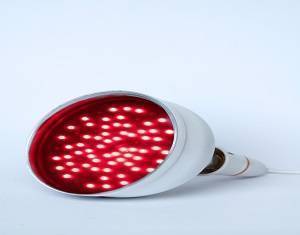
Plant Lighting Troubleshooting

Introduction: Plant lighting, also known as grow lights or artificial lights, plays a crucial role in supporting plant growth, especially in indoor or shaded environments. With various lighting sources available, including HPS, CFL, MH, and LED, LED has emerged as the most efficient and preferred choice. Whether for commercial applications like plant research and indoor farming or household uses such as balcony gardening and indoor plant decoration, understanding plant lighting troubleshooting is essential to ensure the best use of this technology.
Common Issues of Plant Lighting:
1. Excess Heating of Lights :
If the lights feel warm to the touch, it’s normal as lights generate heat during the conversion of electrical energy to light. However, if the lights are hot enough to cause burns, it indicates a design issue. Solutions include contacting the lighting manufacturer or adding a fan for better airflow.
2. Lights Get Dull or Dim:
Dimming or reduced brightness over time is common, signaling the end of the light or power supply’s lifespan. Replacing the light or power supply is necessary. If within the warranty period, contact the LED grow light manufacturer for a replacement.
3. Lights Go Off:
Lights turning off could be due to loose connections or a light failure. Check and adjust connections; if the issue persists, contact the LED grow light manufacturer for further assistance.
4. Lighting Blinking:
Blinking lights may result from low AC voltage or power supply failure. If all lights blink, turn them off and wait before turning them back on. If a single light blinks, it’s likely a power supply issue, and you should contact the manufacturer for support.
5. Certain Portion of Lighting Not Glowing:
If specific parts of the lighting are not glowing, it may be due to PCB design or LED failure. Contact the LED grow light manufacturer for expert assistance.
6. Light Corrosion – Corroded:
High humidity or water contact can lead to light corrosion. Ideally, lights for such conditions should have an IP rating of 54 or higher.
7. Small Electrical Shock:
Small electrical shocks may occur due to earthing issues. Ensure proper earthing of the light to resolve this problem.
8. Light Short Circuits:
Short circuits can result from power supply failure or excess current. Contact the LED grow light manufacturer for a solution.
Conclusion:
In the world of plant lighting, troubleshooting is key to ensuring the longevity and effectiveness of the technology. By understanding and addressing common issues such as excess heating, dimming lights, or electrical problems, plant enthusiasts can create an optimal environment for their plants’ growth. Remember, regular maintenance and timely communication with the LED grow light manufacturer are crucial for a successful and sustainable plant lighting experience
If you have any other trouble while using plant grow light then connect with us on [email protected].
• LED GROW LIGHT
• PLANT GROW LIGHT
• ARTIFICIAL LIGHTS FOR PLANT
• HORTICULTURE LIGHTING
• BEST GROW LIGHT
• SUPPLEMENTAL LIGHTING
• LED GROW LIGHT MANUFACTURER
• VERTICAL FARMING LIGHT
• HYDROPONIC LIGHTS
- Blog Categories
- Basic of Artificial Lighting for Plants
- Basic of grow Light
- Case Studies
- General Awareness
- Indoor Vertical Farming
- Medical Plant Research
- Online Tool
- Pitch Grow Light
- Plant Lighting Measurement
- Speed Breeding
- Supplemental Lighting
- Tissue Culture Grow Lights
- Vertical Green Wall
- LED Grow Lights
- Pharma Segment
- General
Shop Products
4Ft 36W Grow Light for Leafy Vegetables
₹925.00 – ₹1,350.00Price range: ₹925.00 through ₹1,350.00
2Ft 9W Grow Light for Leafy Vegetables
₹350.00 – ₹650.00Price range: ₹350.00 through ₹650.00
Popular Products

Enquire Now
Quick Link
Other Links
Design & Developed By VBTEK



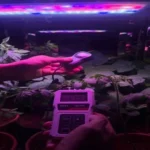







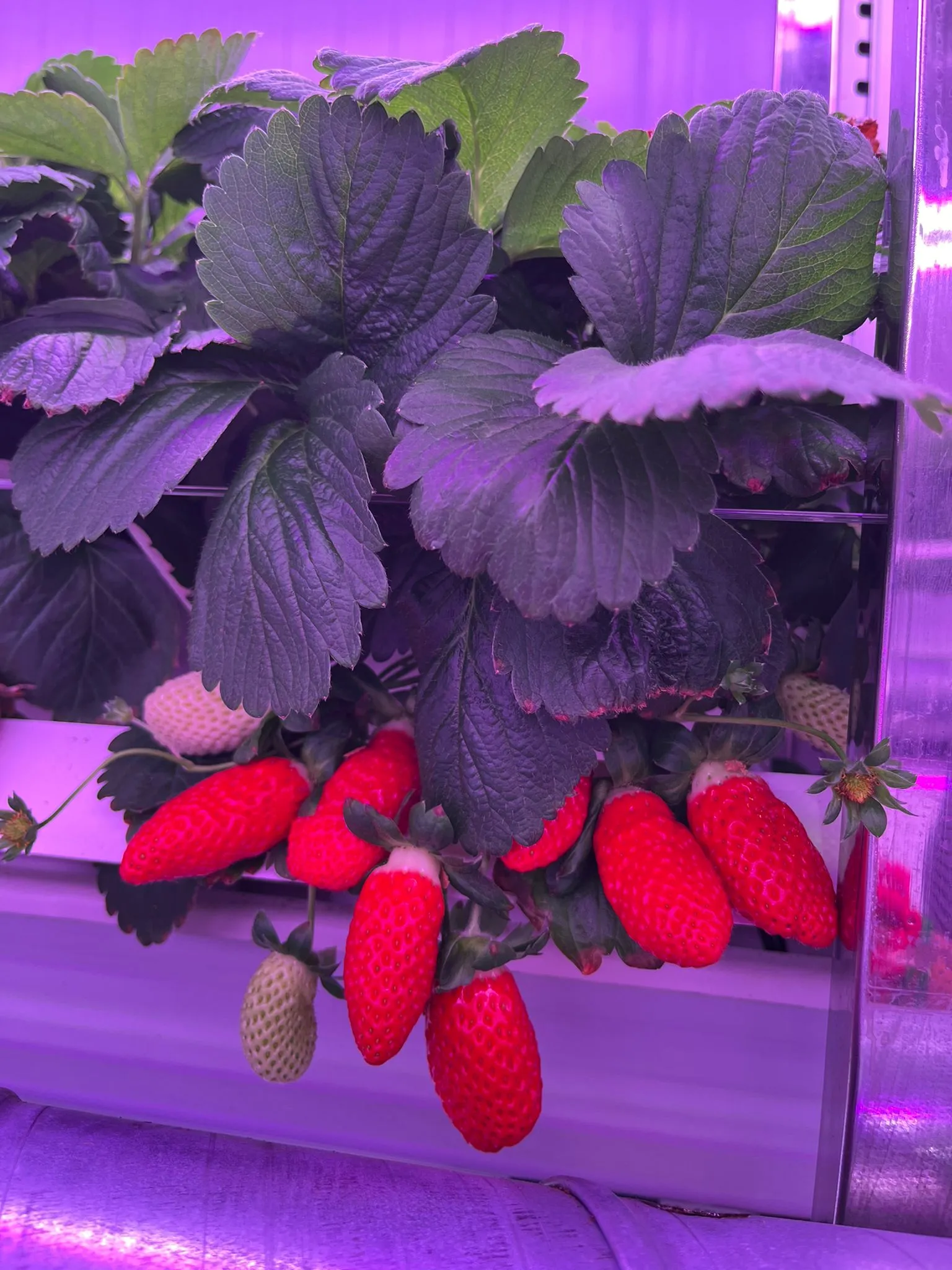
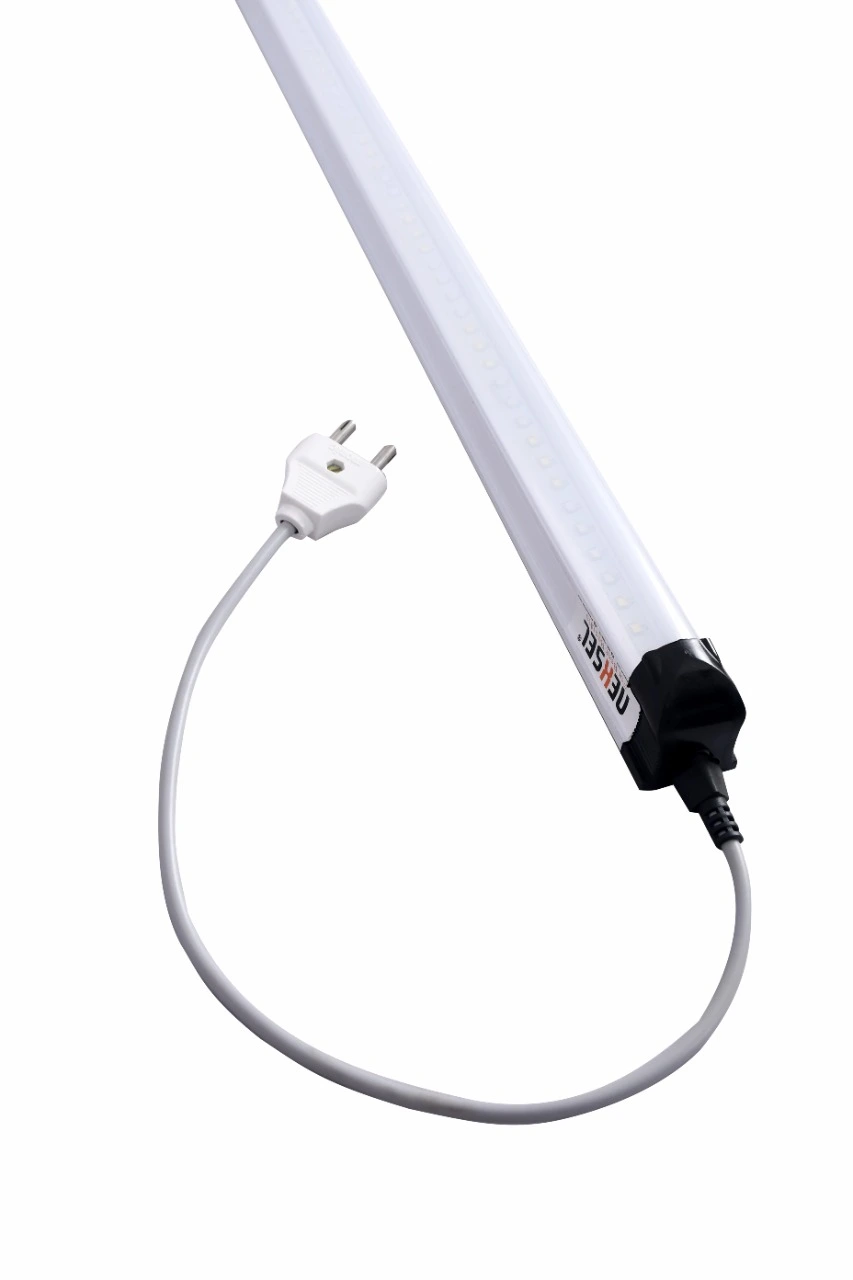


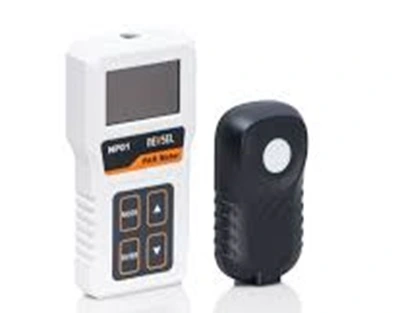


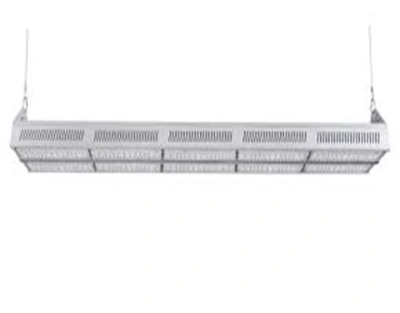

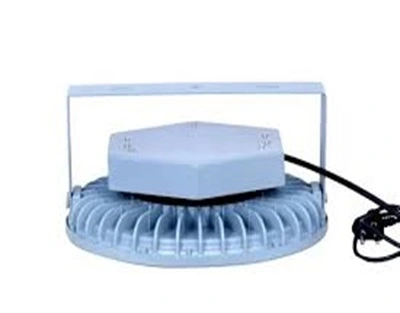




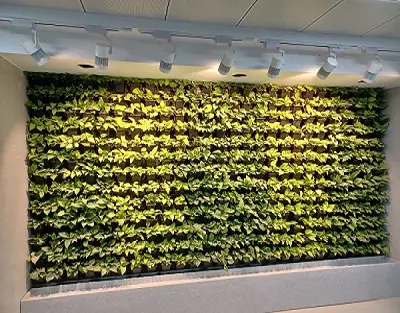





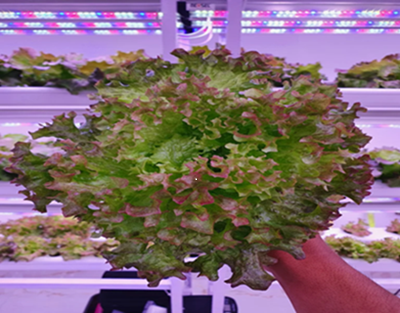




Leave A Comment